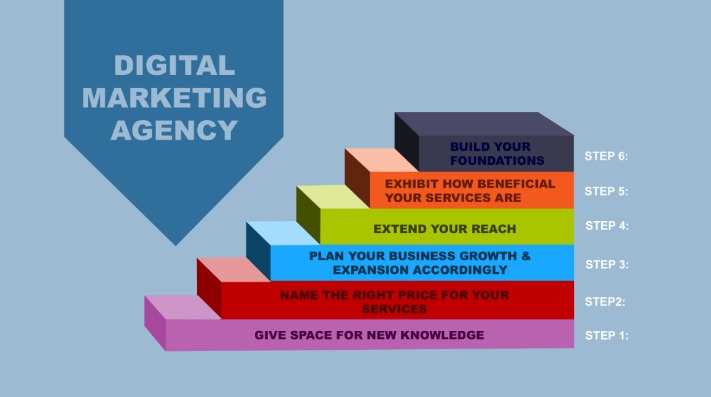It is due to the fact that as companies undergo digital transformation, they are generating large amounts of data that they may need to learn how to process, manage, or use properly. It is where data analysts provide valuable insights and interpretations of data that can benefit the business. Becoming a proficient data analyst requires a combination of technical prowess, real-world problem-solving, valuable soft skills, and an analytical mind. A wide variety of analytics skills are required in areas such as programming, SQL, data manipulation, visualization, and statistical analysis. Analytical skills revolve around critical thinking, problem-solving, and thorough data exploration. In addition, soft skills like excellent communication skills, collaboration, and a continuous learning mindset play a crucial role.
Data analysis is typically easier than data science, since it doesn’t usually require advanced programming skills or advanced math. Whether or not data analysis is hard depends on your natural abilities (i.e., are you good with numbers? Are you a natural problem-solver?), any transferable skills you’ve learned from previous careers and more. Overall, when compared to other tech roles, data analysis is often easier to break into. If you’re interested in learning more about this popular field, Noble Desktop has you covered. Noble offers several data analytics classes for beginners and those with a background in data who want to master specific or advanced tools and skills. Another factor that will play into how quickly you learn data analytics is whether you have a background working with spreadsheets. Prior training with Microsoft Excel, a spreadsheet application that’s available as part of the Microsoft 365 suite, can make it much easier to organize and analyze data.
In this article, we’ll explain the different types of data you can analyze, walk you through the data analysis process, and explain how data analysis leads to smarter business decisions. Healthcare combines the use of high volumes of structured and unstructured data and uses data analytics to make quick decisions. Similarly, the retail industry uses copious amounts of data to meet the ever-changing demands of shoppers. Read more about Media Dissemination here. The information that retailers collect and analyze can help them identify trends, recommend products, and increase profits. A company can also use data analytics to make better business decisions and help analyze customer trends and satisfaction, which can lead to new and better products and services.
Popular Careers relying on Data Analysis
You may use descriptive statistics, such as mean, median, mode, standard deviation, or frequency, to describe your data numerically. You may also use charts, graphs, maps, or dashboards to display your data visually. Each template combines different pre-trained text analysis models depending on the type of analysis you want to carry out. Data analysis software helps you understand and interpret qualitative data to achieve your goals. Before analyzing your data, you first need to clean your dataset ‒ especially when working with unstructured text. Knowing exactly what customers need and expect allows you to create better products and experiences for them and stand out in a competitive market.
Conjoint analysis
Studying this field through self-paced online content may be sufficient for those who have a general interest in big data. This study approach would provide a general overview of data analytics, its professional applications, and the basics of the process. However, suppose you are interested in becoming a Data Analyst or looking to acquire more pointed training with Python, Excel, or Tableau to pivot careers. In that case, a more rigorous form of study may be needed, such as a live online bootcamp or in-person certificate course. Discover the exciting world of data analytics and how it can power successful business operations and marketing campaigns. Learn how proficiency in data analytics can be achieved in just three months and how tools like Excel, Python, and Tableau can propel you towards a rewarding career in this field. Here, it’s easier than ever to collect and analyze quantitative and qualitative data, and build a user-centric marketing report based on your analysis.
When it comes to purchasing, some clients might be more price-focused, others more features-focused, and others might have a sustainable focus. Whatever your customer’s preferences are, you can find them with conjoint analysis. Through this, companies can define pricing strategies, packaging options, subscription packages, and more. Diagnostic data analytics empowers analysts and executives by helping them gain a firm contextual understanding of why something happened. If you know why something happened as well as how it happened, you will be able to pinpoint the exact ways of tackling the issue or challenge. A pre-trained keyword extractor, for example, can quickly summarize your data by pulling out the most frequent words in your data.
By using data analysis to uncover problems that lead to delays and productivity loss, you can take concrete steps to create solutions. Or, they don’t know what they want to achieve by going through all their data.
Based on this data, you give recommendations for further steps and business decisions while using the data as evidence that backs up your evaluation. To become a data analyst without a degree, you can gain the necessary skills through self-learning, online courses, boot camps, or relevant certifications. You can learn programming languages like Python or R, SQL, and data visualization tools like Tableau or PowerBI. When you started analyzing your data, you set clear goals and expectations for what you wanted to learn and what insights you were expecting to find.
Maybe, they know how valuable it is, but don’t have the tools to organize, process, and analyze their data. Now that you’ve compiled and cleaned the data, use one or more of the above types of data analysis to find relationships, patterns, and trends. Descriptive analysis looks at numerical data and calculations to determine what happened in a business.








